The Villa of Rufione in Giano dell'Umbria
In the territory of Giano dell'Umbria, a series of reconnaissances were carried out between 1997 and 2001 that led to the identification of an unexpected number of ancient sites, from the prehistoric to the medieval phase. The careful study of the area made it possible to accumulate a wealth of documentation concerning numerous small settlements from the Roman period, closely related to the road axis.
In 2003, the remains of a large Roman villa were found, the presence of which had already been known to archaeological studies since 1925 due to the fortunate discovery, during the cultivation of an olive grove, of a terracotta dolio and a travertine cippus with a dedication to the Lari.
The complex, dating back in its original layout to the late Republican period, was extended in its entirety over an area of approximately 7000 square metres and arranged on a low terrace overlooking the side road of the Via Flaminia, in a panoramic and strategic location, halfway between the ancient centre of Vicus ad Martis (Massa Martana) and Mevania (Bevagna).
The villa was attributed, thanks to the discovery of an inscription, to Gaius Iulius Rufion, son of a freedman of the Roman general Gaius Julius Caesar:
C IVLIO RVFIONI
NOBILIS L (POSVIT)?
























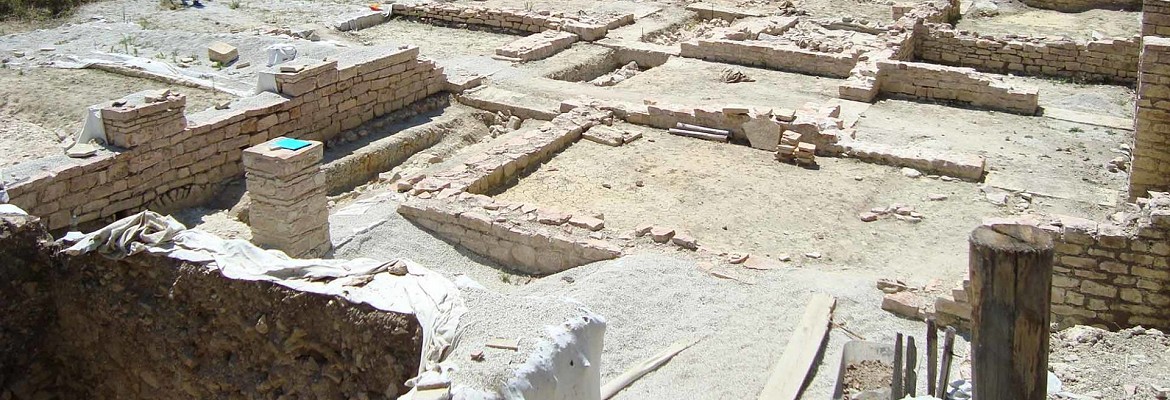
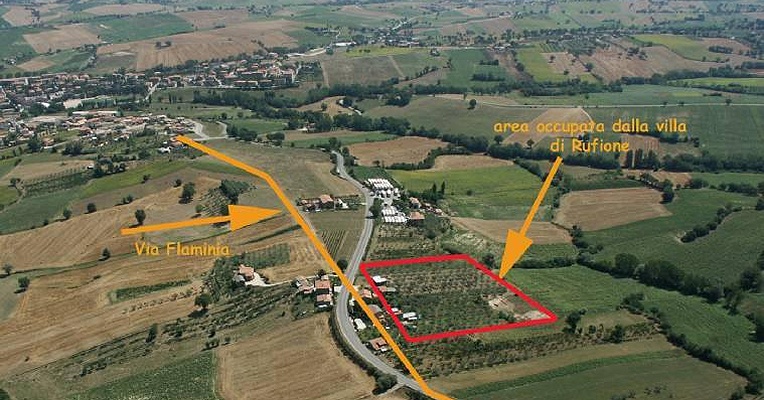
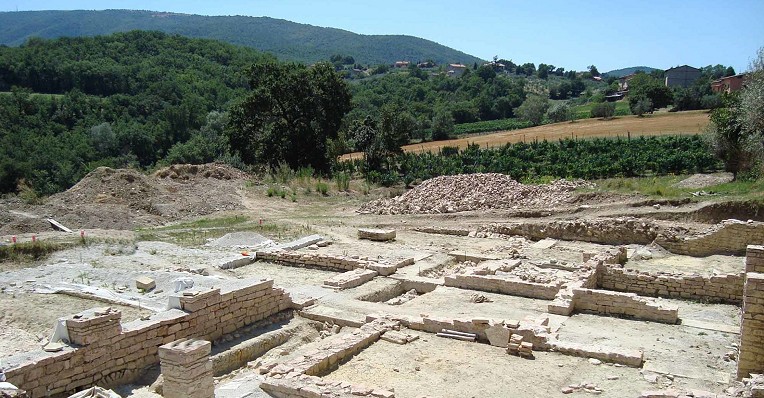
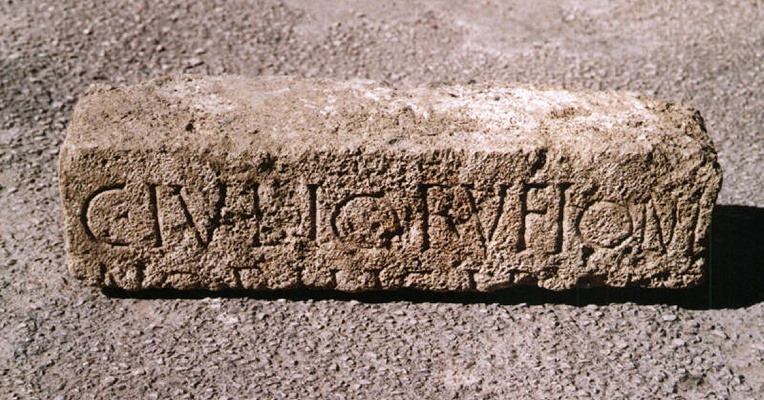
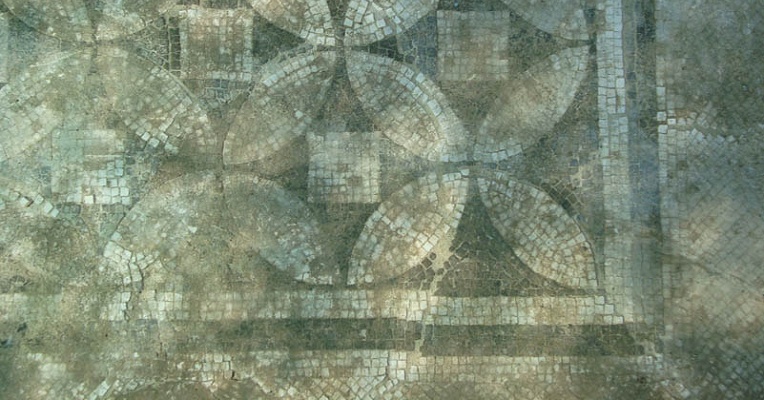




.jpeg/c9dd1da1-9fd0-81c8-efa3-d9140647adaf?width=780)
 - Sala XII, Il vino come alimento_a (1).jpg/127a9e83-66f0-b810-fd51-ed68a62d2aae?width=780)

